Thursday, Dec. 26, 2024 at 9 p.m. on KPBS 2 / Stream now with KPBS Passport!
—Explore spaces that offer city dwellers a respite, from Savannah’s squares to New York’s High Line—
“10 Parks That Changed America,” is the second episode of the three-part series 10 THAT CHANGED AMERICA. The program highlights visionaries who transformed open canvases of land into serene spaces that offer city-dwellers a respite from the hustle and bustle of urban life.
While European cities were traditionally defined by their private squares and royal hunting grounds, American cities were often built around these democratic, public spaces. From the elegant squares of Savannah, Georgia, to a park built over a freeway in Seattle, to the more recent High Line in New York, each story introduces us to the heroes who brought these parks to life. Featuring landscape architects and historians, the show uncovers the evolution of our nation’s city parks and the history of landscape architecture — an art form in which human beings try their best to mimic nature.
THE TEN PARKS FEATURED IN CHRONOLOGICAL ORDER:
The Squares of Savannah - Georgia: When James Oglethorpe led a group of poor laborers and tradesmen from England to Georgia in 1732, he set out to form an egalitarian colony. He designed a city of equal-sized neighborhoods centered on a public square that would serve as a place for citizens to gather water, bake bread, attend public meetings and simply enjoy the outdoors.
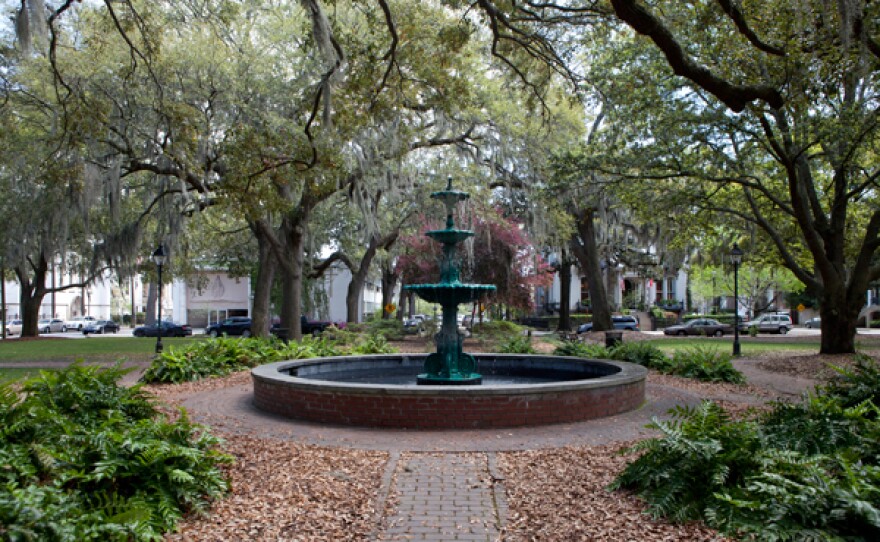
Fairmount Park - Philadelphia: Fairmount Park was created to save a much-needed resource: water. After yellow fever claimed thousands of lives in 1793, the city reclaimed the Schuykill River waterfront as a public park that would serve as a water source, and act as the “lungs” of the ever-more industrialized city.
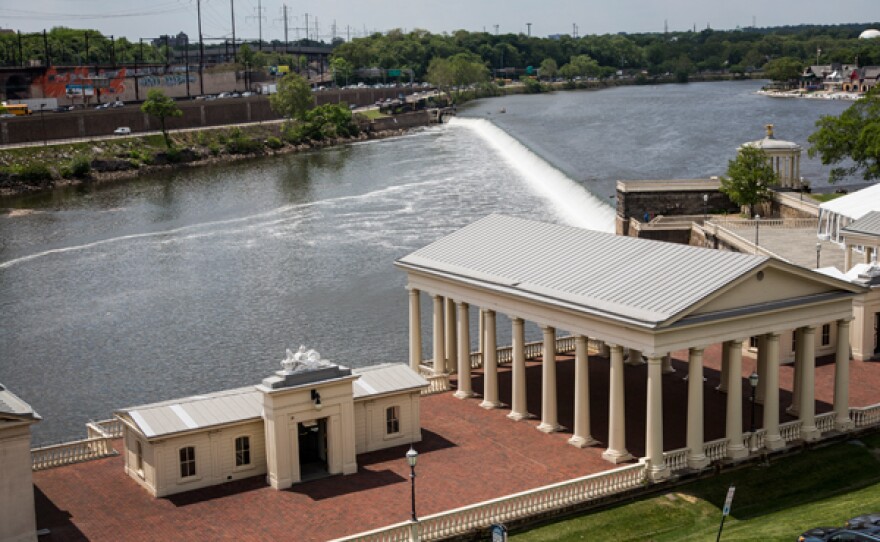
Mt. Auburn Cemetery - Boston: Before Mt. Auburn, most burial grounds were overcrowded and unsanitary. But in 1825, Dr. Jacob Bigelow of Harvard had a new idea — a “cemetery” that would dignify the dead in a serene setting while serving the living as a green respite from the city. Mt. Auburn was designed by Henry Dearborn, whose craft soon became known as “landscape architecture.”
Central Park - New York City: In 1858, Frederick Law Olmsted and Calvert Vaux won a competition to design Central Park. Their goal was to provide all New Yorkers, from tenement dwellers to titans of industry, a natural refuge from the crowded city and a place where the social classes could come together on equal footing.
Chicago’s Neighborhood Parks: Following the success of Central Park, a progressive Chicago park superintendent named J. Frank Foster took the idea one step further. Chicago’s neighborhood parks, designed by Olmsted’s sons John Olmsted and Frederick Law Olmsted, Jr., would address the very real needs of the city’s immigrants by providing a place to bathe and play sports, get free healthcare, and take a variety of classes.
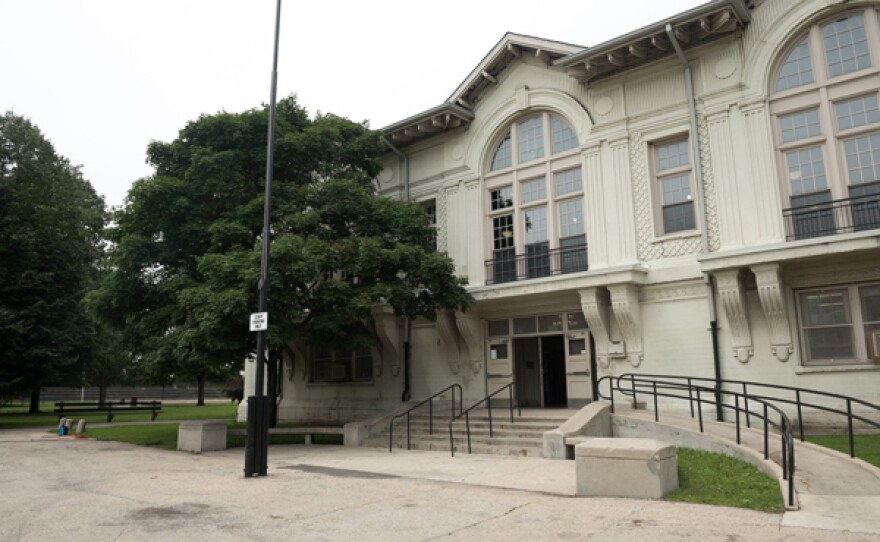
San Antonio’s River Walk: The San Antonio River had been always prone to flooding; in 1921, more than 50 lives were claimed. But 27-year-old architect Robert Hugman transformed the flood-ravaged banks into a Spanish Revival promenade that would serve as a commercial district with elegant shops and cafes. The River Walk not only transformed San Antonio, but showed other American cities the possible economic upside of urban parks.

Overton Park - Memphis, Tennessee: In 1957, it was announced that a six-lane freeway would plow through Memphis’s Overton Park — a fate that had already disfigured other American parks as the interstate highway system cut through the country. But a group of mostly middle-class homemakers led a campaign to save the park, ultimately succeeding in preserving not only Overton Park, but cherished green spaces around the country.
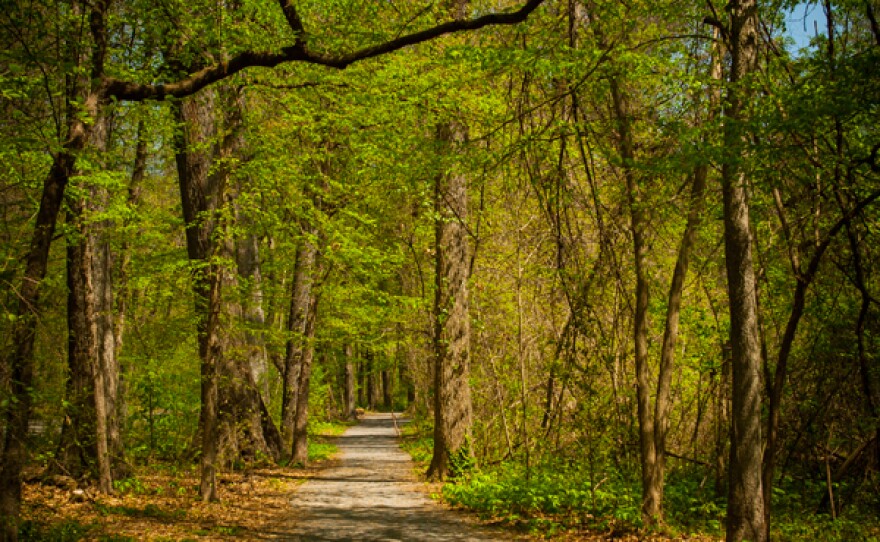
Freeway Park - Seattle: In Seattle, the damage was already done when a freeway cut the city in half in 1966. But landscape architect Lawrence Halprin would heal the wound with a new kind of park built on top of the freeway, embracing both nature and the changing face of the city.
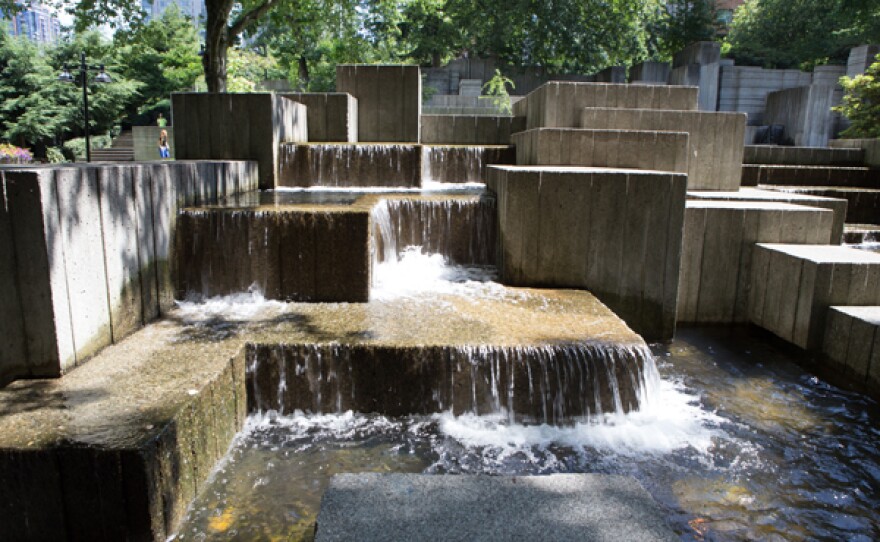
Gas Works Park - Seattle: A toxic waste site is an unlikely place for a park. Yet in the mid-1970s, landscape architect Richard Haag designed a park that celebrated the hulking ruins of the Gas Works that had poisoned the site. Using the new science of bioremediation to clean the soil, Haag transformed one of the city’s worst eyesores into a place of wonder as well as a reminder of Seattle’s industrial past.
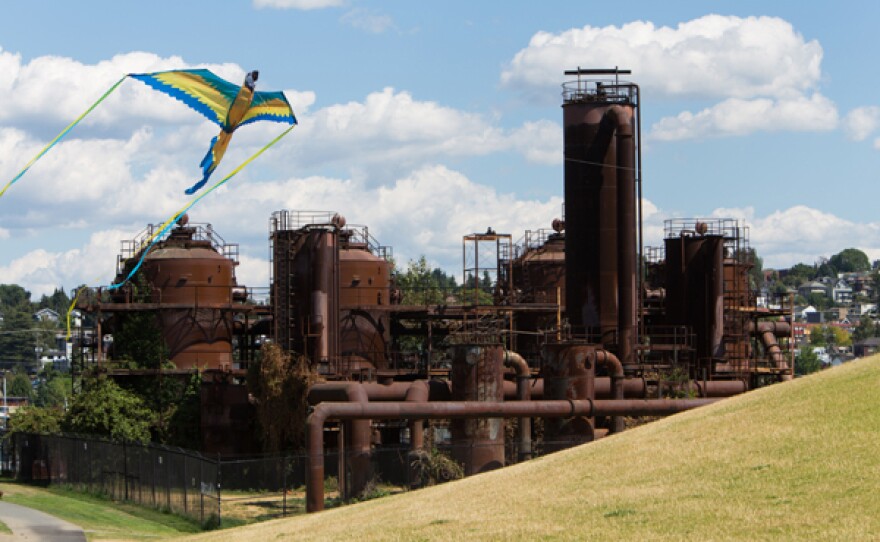
High Line - New York City: Not so long ago, the High Line was a derelict rail line cutting across New York’s Lower West Side. Faced with the wrecking ball, two local activists started a grassroots campaign to turn the space into a public park. By 2006, with the funding in place, park designers James Corner and Diller Scofidio Renfro began work on a unique space that celebrates the past while breaking new ground in our concept of what a park is, and where a park can be.
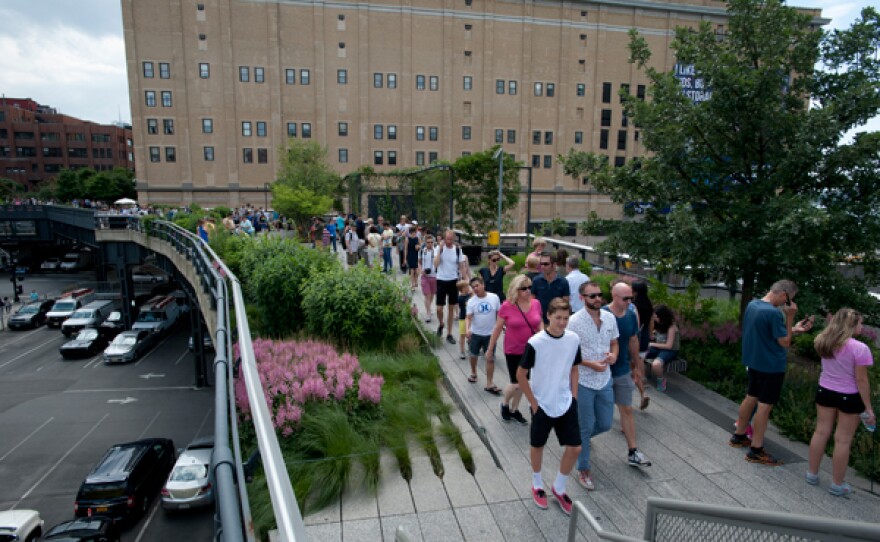
Watch On Your Schedule: This full episode is available to stream with KPBS Passport! Contribute a tax-deductible gift of $5 per month or an annual gift of $60 or more. Your donation will help KPBS serve your community through media that educates, inspires, and entertains.
Other episodes in the series include:
“10 Homes That Changed America,” which highlights ten homes that transformed residential living, from grand estates such as Thomas Jefferson’s Monticello and Frank Lloyd Wright’s Fallingwater, to the pueblos of Taos, New Mexico and the tenements of 19th century New York.
“10 Towns That Changed America,” a look at ten “experimental” towns that did not evolve organically over time, but instead were designed (or redesigned) from the ground up by architects, corporations, and citizens who sought to change the lives of residents using architecture, design and urban planning.
Presented nationally by WTTW Chicago.





